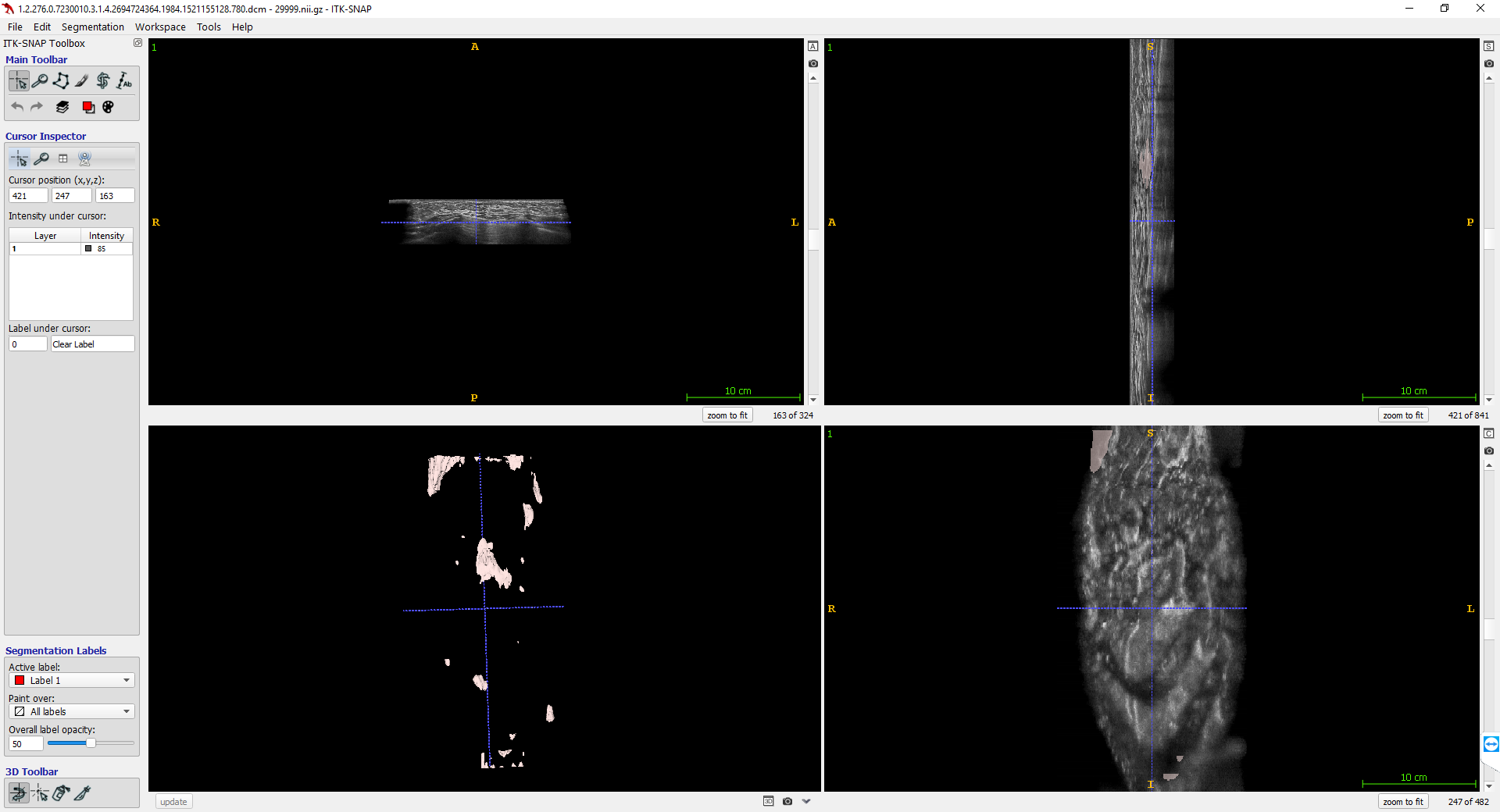1. Project Title/ Job position title: Building Predictive Models for Radiomics
2. Area of knowledge: Physical Sciences, Mathematics, and Engineering Panel
3. Group of disciplines: Theoretical and Applied Mathematics, Computer Sciences and IT
4. Research project/ Research Group description:
Radiomics is an emerging field of oncologic imaging. It aims at extracting a big number of quantitative features from medical images, that result in the conversion of images into mineable data, and analys-ing those data for decision support. The hypothesis of Radiomics is that the distinctive imaging features (imaging phenotype) between disease forms may be crucial for predicting prognosis and thera-peutic response for various conditions, thus providing valuable information for personalised therapy. Currently, many crucial phases of the Radiomics workflow are manual, and thus time-consuming, subjective, and error-prone.
This workplan will contribute to the development of faster, more objective, and more robust Radi-omics. More specifically, two crucial phases of the Radiomics workflow will be addressed, namely 1) tumor and organ segmentation and 2) development/ validation of predictive models. For this purpose, we will use a variety of advanced, existing and novel Machine Learning (ML) methods. We will focus on Magnetic Resonance images of breast and rectal cancer, associating imaging phenotype with clinical outcomes, including treatment response, risk for local recurrence and metastatic propensity.
This workplan is aligned with the goals of the BINDER project (PTDC/CCI-INF/29168/2017 from Fundação para a Ciência e a Tecnologia) and the data to be used is provided by the Champalimaud Foundation in the context of the same project. Champalimaud Foundation gathers a team of leading international experts in the field of oncologic quantitative imaging, while the LASIGE research unit provides the infrastructure and scientific expertise on all aspects related to the ML methods.
5. Job position description:
Candidates should be able to write computer programs and should be familiar with ML, regardless of their original scientific background. Multidisciplinary profiles are appreciated, as well as previous partic-ipation in research projects. Excellent knowledge of the English language is mandatory.
The successful candidate will use/ compare/ improve/ hybridize different ML methods for the task of obtaining predictive models from medical images. Deep Learning (DL) represents the state of the art in image processing and several other applications, and has a competitive advantage compared to other methods, since it incorporates feature extraction and selection directly in some internal learning layers. On the other hand, DL generally works well when vast amounts of data are available, while it may be outperformed by other methods in case of smaller amounts of data. Genetic Programming (GP) is a another powerful (and underused) ML method, and its suitability for the task will be extensively ex-plored. GP and DL will be compared to each other as standalone methods, and both compared to a hybrid of the two where GP is used to optimize the DL structures.
Two major challenges are identified for this work: 1) The data available is abundant, but most of it lacks human-assigned labels for supervised learning, which poses difficulties to all supervised learning methods; 2) Great relevance must be given to the readability and interpretation of the extracted features and models obtained, which poses additional difficulties to the methods producing the most complex models. Therefore, most of the efforts will be directed to creating improved versions of ML methods that can 1) learn from a mix of both supervised and unsupervised data, and 2) can induce human-readable features and/or models. The team where the successful candidate will be integrated has already performed some preliminary work targeting both aspects.
6. Group leader:
The work will be supervised by Sara Silva, Principal Investigator of the Faculty of Sciences of the University of Lisbon, member of the LASIGE research unit.
Full name: Sara Guilherme Oliveira da Silva
Email: sara@ciencias.ulisboa.pt
Google scholar profile: https://scholar.google.com/citations?user=g15oqi0AAAAJ&hl
